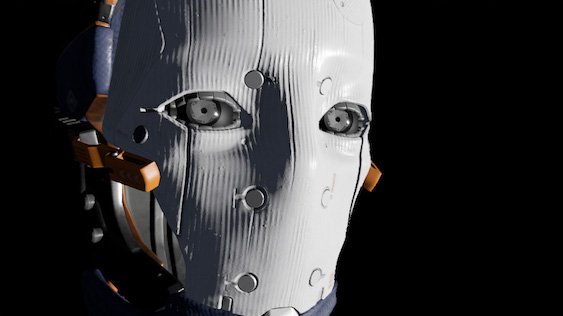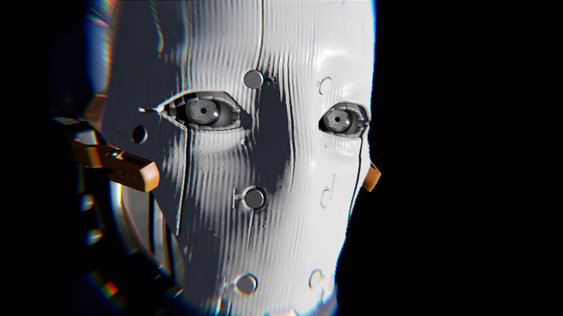Chromatic Aberration
The Chromatic Aberration effect mimics the effect a real-world cameraA component which creates an image of a particular viewpoint in your scene. The output is either drawn to the screen or captured as a texture. More info
See in Glossary produces when its lens fails to join all colors to the same point. The resulting effect creates “fringes” of color along boundaries that separate dark and light parts of the image.
Common uses for Chromatic Aberration include artistic effects such as camera impact, or intoxication effects. Unity provides support for red/blue and green/purple fringing, and you can define fringing colors by using an input texture.


For further information on how to use Chromatic Aberration in Unity, see the Chromatic Aberration documentation in the Post-ProcessingA process that improves product visuals by applying filters and effects before the image appears on screen. You can use post-processing effects to simulate physical camera and film properties, for example Bloom and Depth of Field. More info post processing, postprocessing, postprocess
See in Glossary package.
2019–05–07 Page published
New feature in 5.6